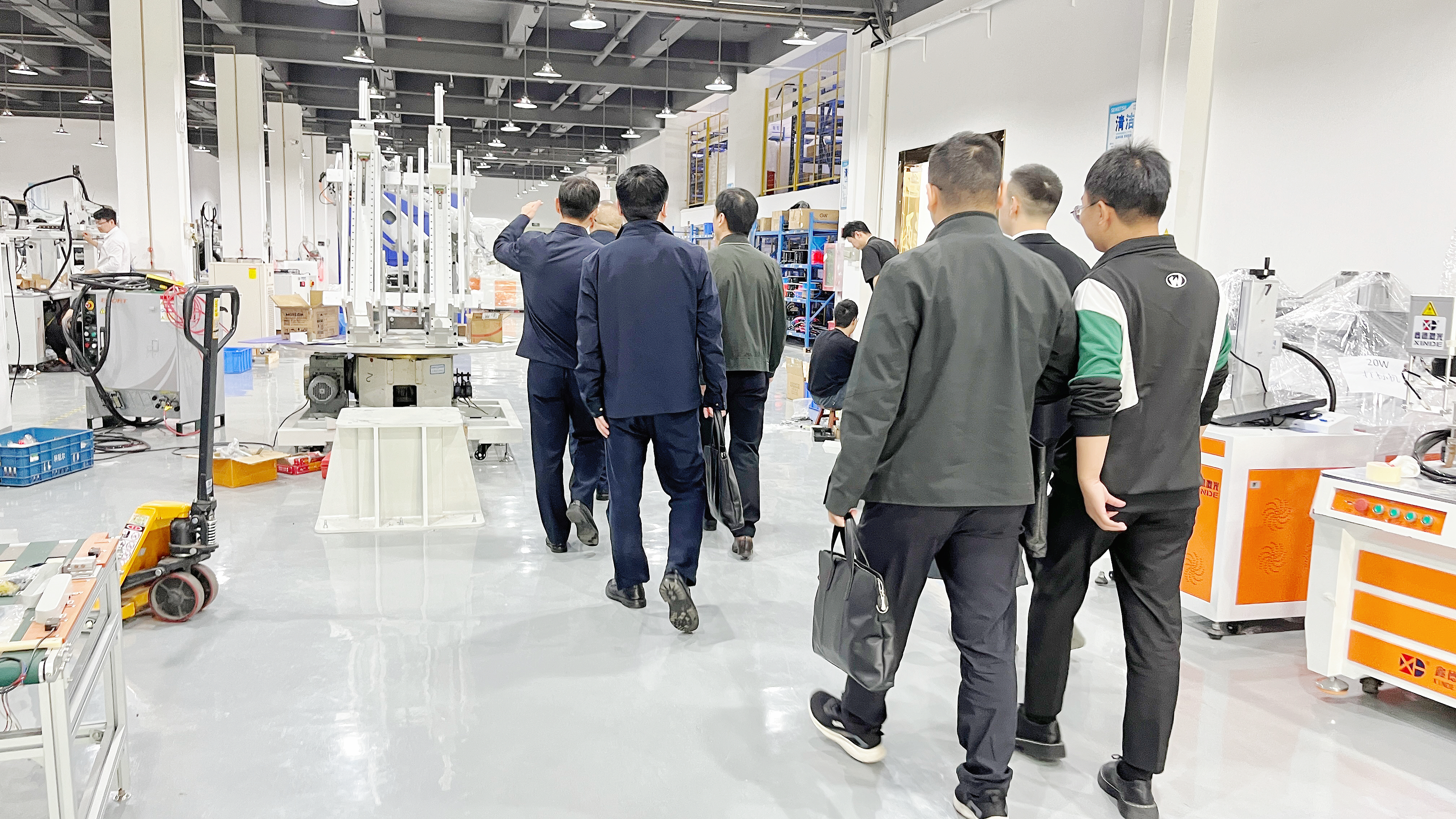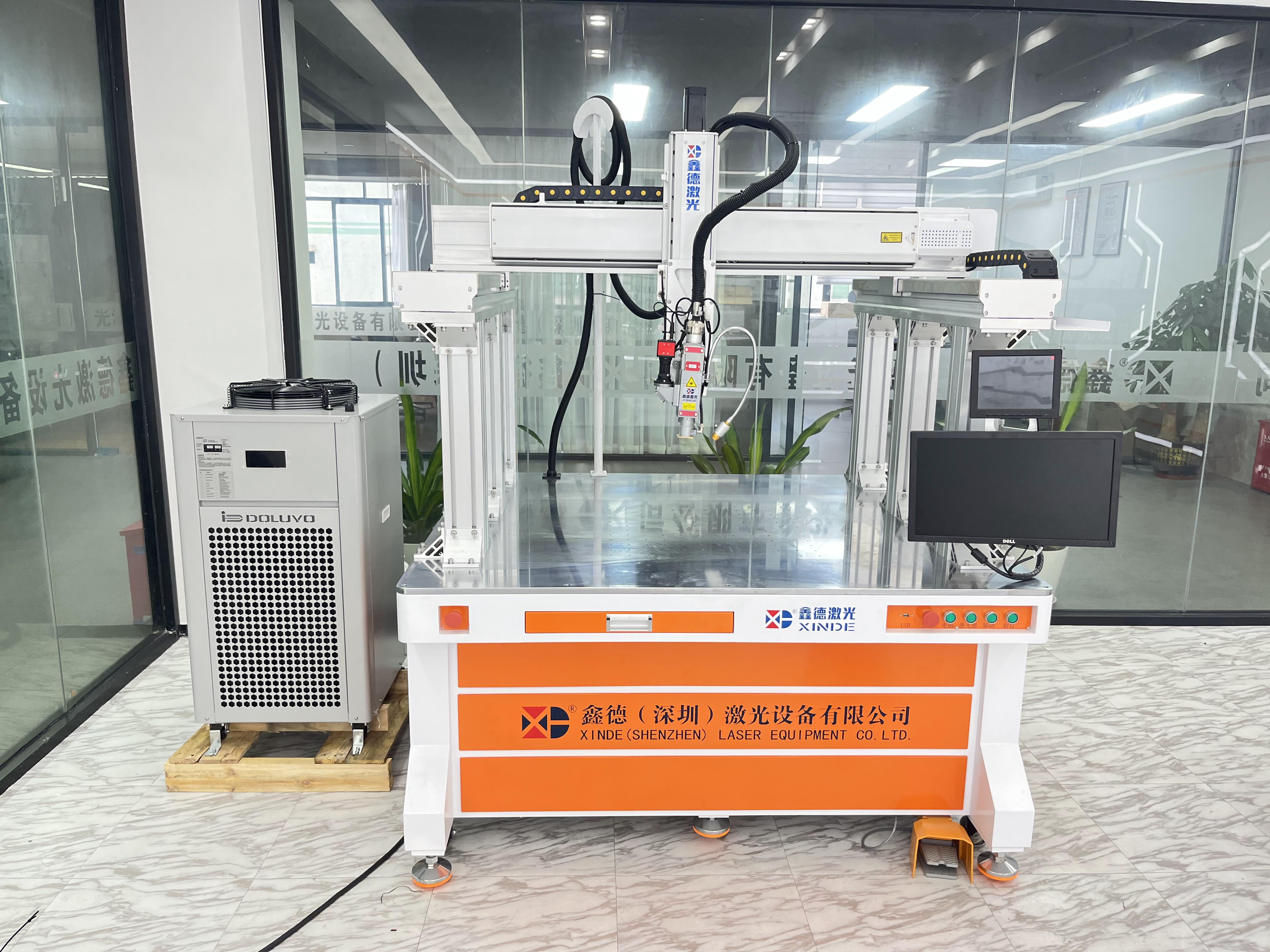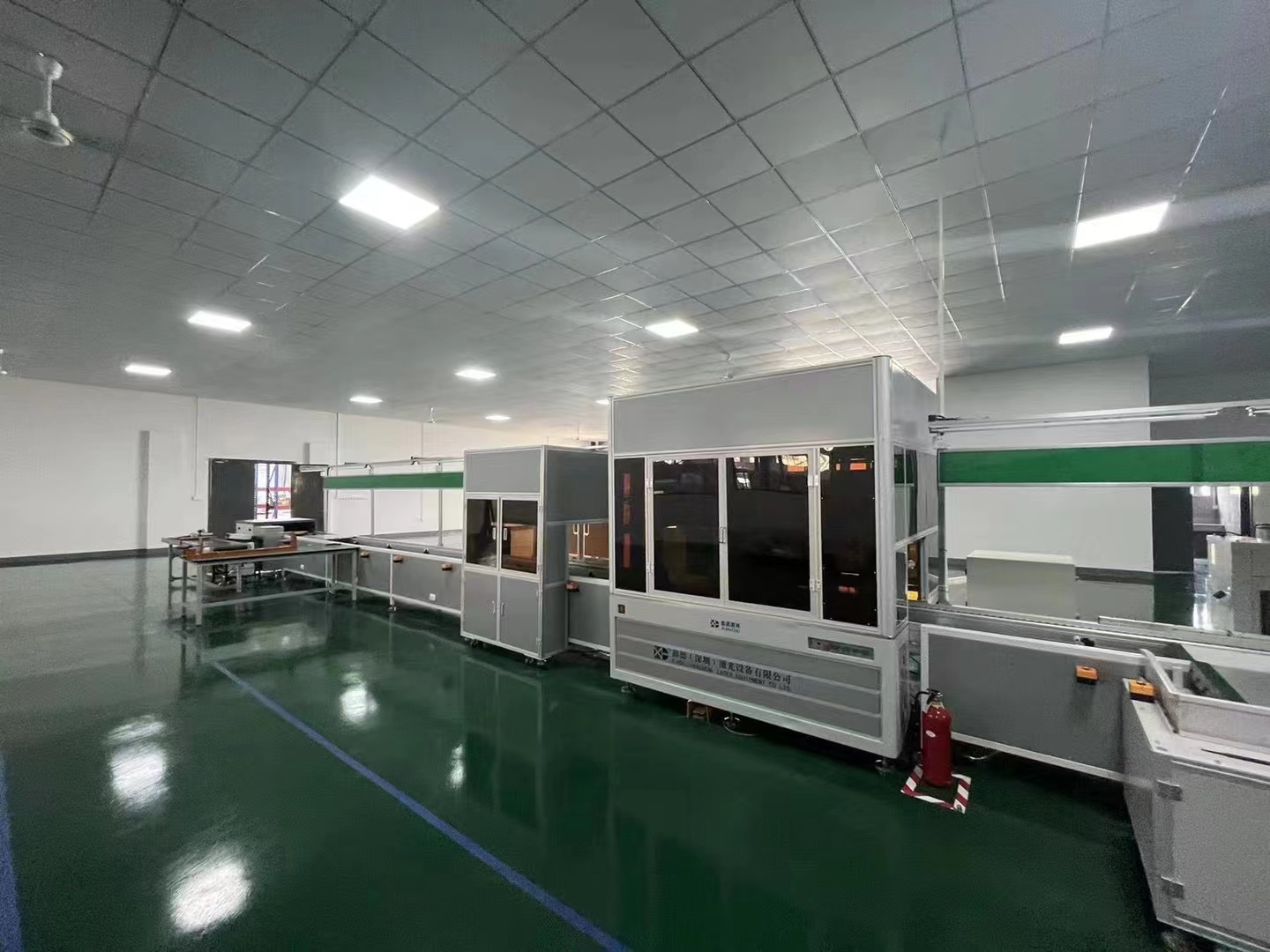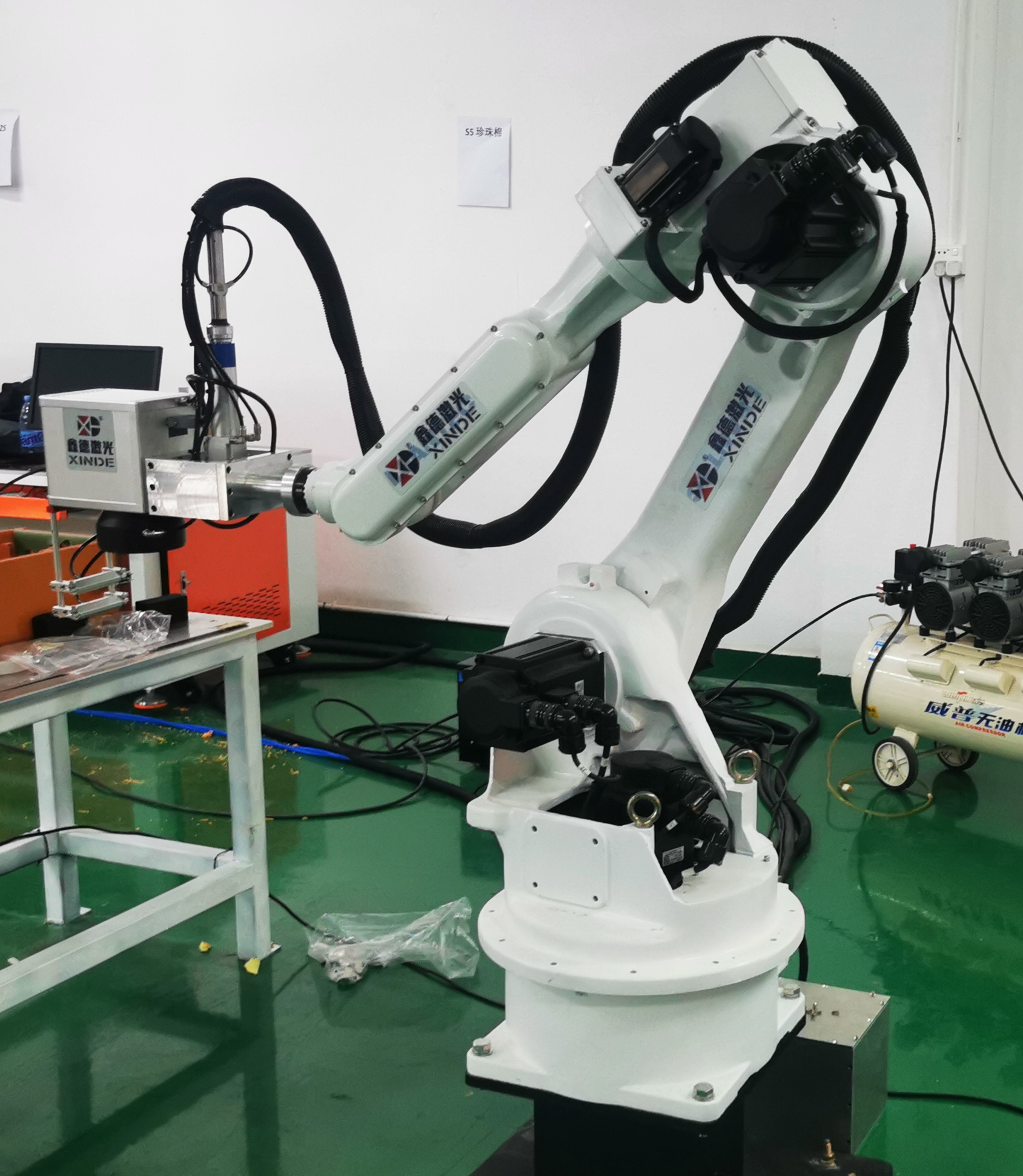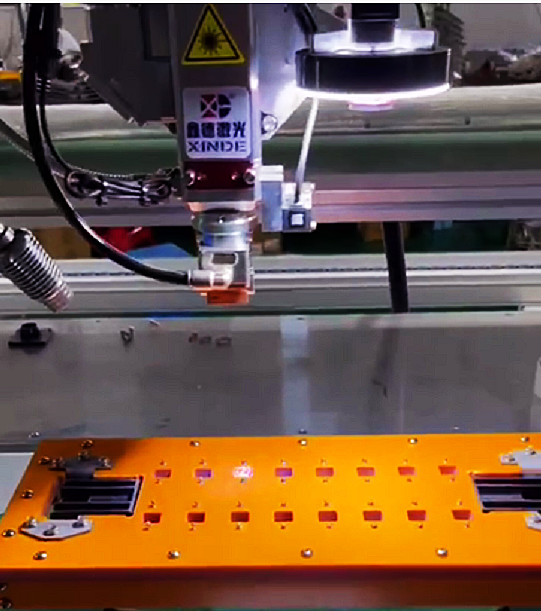Advantages:
High speed, large depth and small deformation.
It can be welded at room temperature or under special conditions, and the welding equipment is simple. For example, a laser passes through an electromagnetic field and does not deflect the beam; The laser can be welded in vacuum, air and some gas environment, and can be welded through glass or transparent beam materials.
It can weld refractory materials such as titanium, quartz, etc., and can weld heterosexual materials with good results.
After laser focusing, the power density is high, in the welding of high power devices, the depth to width ratio can be up to 5:1, up to 10:1.
Micro welding is available. The laser beam can obtain a small spot after focusing, and can be accurately positioned, which can be used in the mass automatic production of micro and small workpiece welding.
Disadvantages:
The weldment assembly precision is required to be high, and the position of the beam on the workpiece should not be deviated significantly. This is because after laser focusing, the spot is small, the weld is narrow, and it is filled with metal materials. If the workpiece assembly accuracy or beam positioning accuracy can not meet the requirements, it is easy to cause welding defects.
The cost of laser and its related system is high and the one-time investment is large.
Laser welding is the radiation of high intensity laser beam to the metal surface, through the interaction between laser and metal, metal melting formed welding. Metal melting is only one of the physical phenomena in the interaction between laser and metal. Sometimes the light energy is not mainly converted into metal melting, but in other forms, such as vaporization, plasma formation, etc. However, in order to achieve good fusion welding, metal melting must be the main form of energy conversion. Therefore, it is necessary to understand the various physical phenomena produced by the interaction between laser and metal and the relationship between these physical phenomena and laser parameters, so that the laser energy is mostly converted into the energy of metal melting by controlling the laser parameters, so as to achieve the purpose of welding.
-
Inquire
- Mobile
- Mobile177-2247-7738
- WeChat
- Tiktok
- Video
- Top




